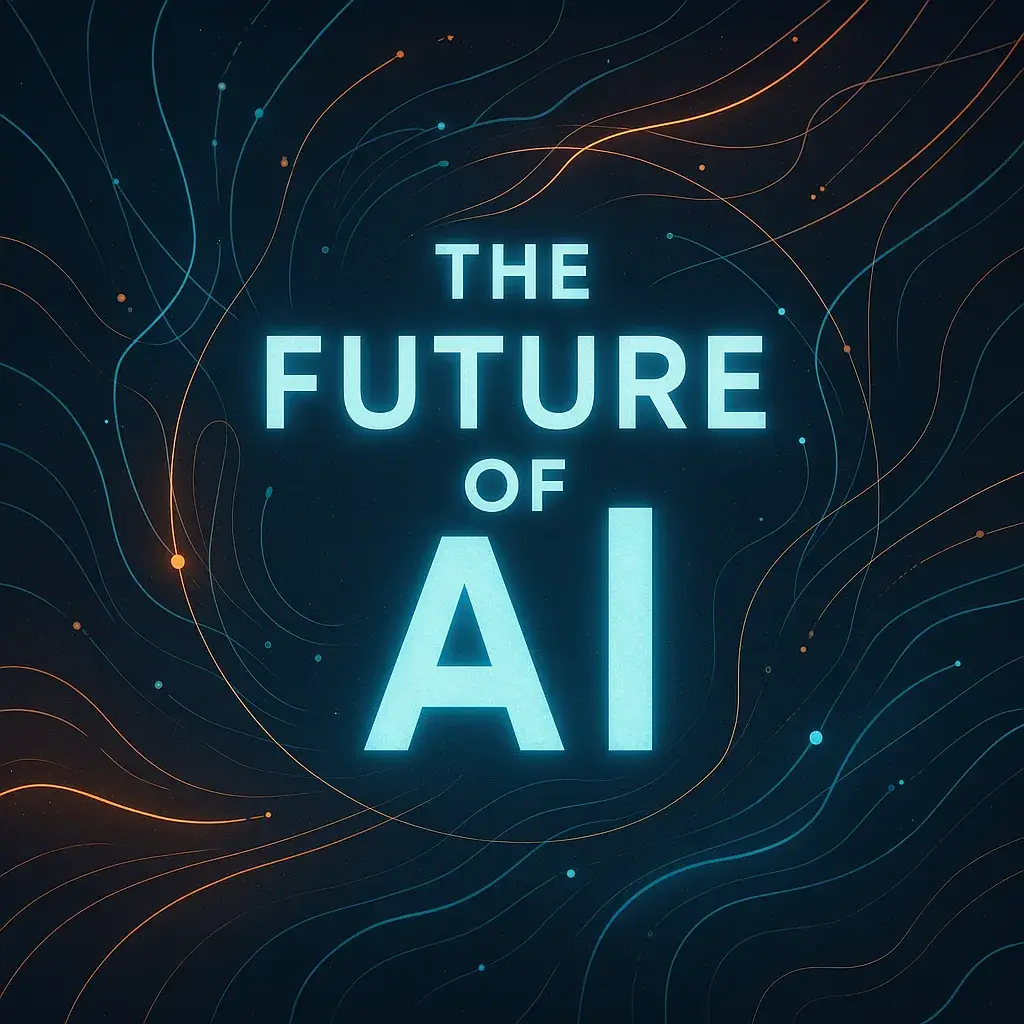Artificial intelligence is no longer hypothetical—it’s shaping the future of AI in business across industries, teams, and technologies. As of April 2025, AI is more capable and accessible than ever, but it still comes with growing pains and important limitations.
Let’s break down the current state of AI, the technologies fueling it, what’s holding it back, and what’s coming next.
📈 The Current State of AI
Today, AI tools are becoming more user-friendly and practical for SMBs. Whether it’s chat-based assistants that handle customer support, automation platforms that reduce manual admin work, or tools that analyze sales patterns—AI is saving teams time and improving outcomes.
A big shift in 2025 is the emergence of agentic AI — systems that can take initiative, follow multi-step instructions, and complete entire workflows. Think of it like a smart employee that doesn’t need you to hold its hand.
💡 For example, some small eCommerce teams now use agent-style AI to manage customer returns, send invoices, and even coordinate with shipping platforms—all without constant input.
🛠️ Key Technologies Behind Today’s AI Tools
Here are the top technologies enabling real-world AI use for small business owners:
- Transformer Architectures – These are the brains behind most modern AI models. They allow tools like ChatGPT, Claude, and others to understand your input and provide accurate responses.
- Generative AI – This includes tools that create content: product descriptions, social posts, images, videos, and more.
- Edge AI – Devices like smart cameras or voice assistants that run AI locally, without needing a server or cloud connection.
All of these technologies are becoming more affordable and accessible, especially through platforms designed with SMBs in mind. As these innovations mature, they’re helping shape the future of AI in business by making advanced capabilities more accessible to everyday teams.
🚧 Current Limitations and Common Challenges
🧠 While AI is powerful, it’s not always reliable. Some tools tend to “overthink” and produce outputs that are overly complex or slightly off. This is especially true with long instructions or unclear input.
😕 Many business owners also struggle with trust—AI is still a black box for most users. According to recent data, just 1 in 4 people believe AI will personally benefit them.
📉 And then there’s the learning curve. Not all platforms are intuitive, and without good onboarding or support, small teams often give up before seeing results.
🔮 The Future of AI (and What SMBs Should Expect)
🔧 AI is getting better at adapting to your business—not the other way around. Expect tools to become easier to personalize, smarter about your workflows, and more tightly integrated with your existing apps.
The future of AI in business will be defined by how seamlessly these tools integrate into day-to-day operations and decision-making.
📊 You’ll also see more real-time insights, where AI surfaces trends in customer behavior, operations, or spending—even before you know to look for them.
🧬 And finally, AI will continue merging with other technologies like wearables, IoT, and voice interfaces. That means more ways for small businesses to collect, interpret, and act on data without adding new headcount.
🤖 Need Help Making AI Work for Your Business?
At OptiWork.ai, we help small and medium businesses cut through the hype and build custom, cost-effective AI solutions. Whether you’re looking to save time, reduce errors, or better serve customers, we can help you plan and implement AI tools that support the future of AI in business.
👉 Check out our AI services and discover how we can help you prepare for the future of AI in business—tailored to your unique goals.
🔗 Related Read
For insights on how SMBs are adopting AI in 2025, visit:
📖 AI for Small Business

